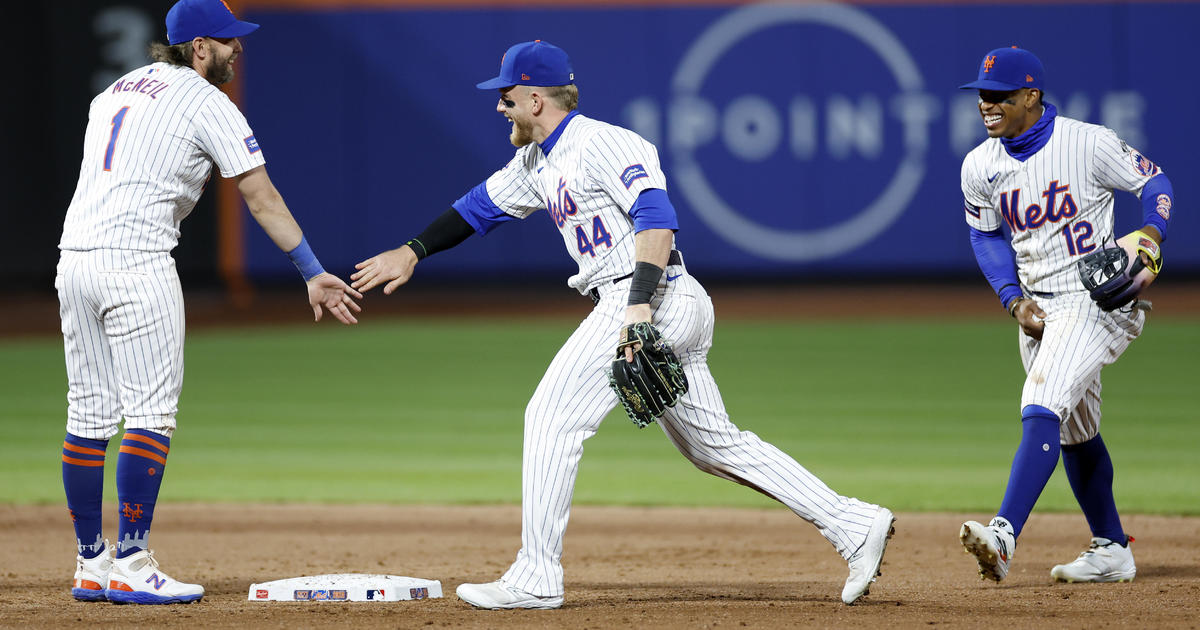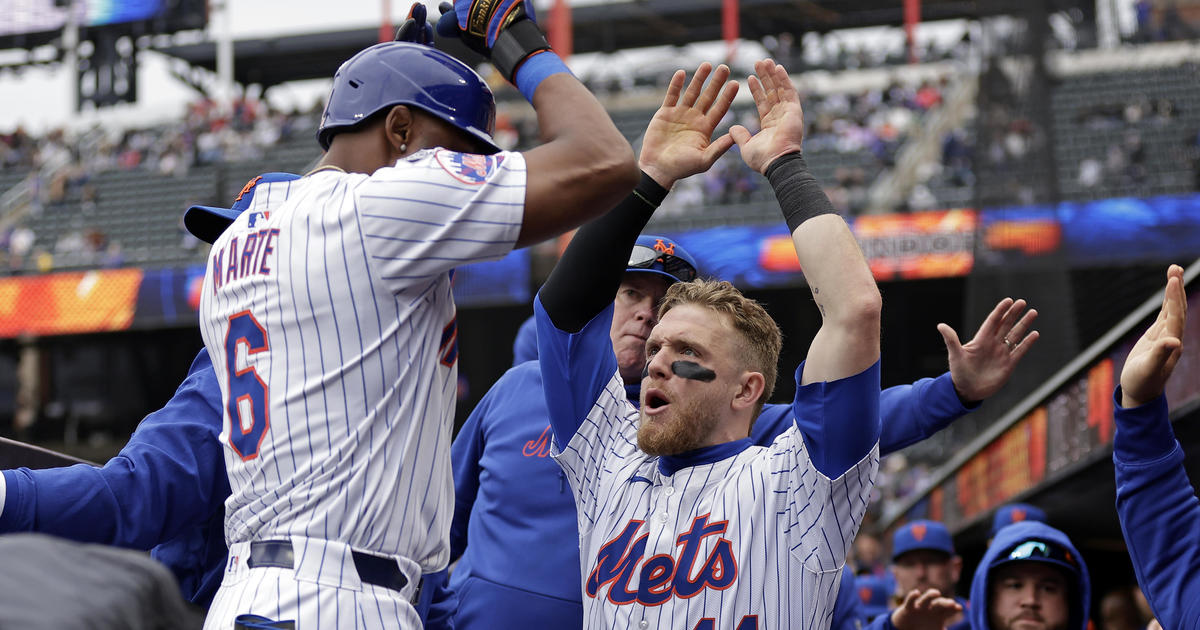Sims: Breaking Down Harvey's Partial Tear Of The Ulnar Collateral Ligament
By Abby Sims
» More Columns
Matt Harvey, the New York Mets' 24-year-old ace, has been shut down with a partial tear of the ulnar collateral ligament (UCL) in his right elbow. General manager Sandy Alderson revealed that though Harvey had been experiencing forearm troubles for "some time" and was undergoing treatment throughout the season, he had not previously complained of elbow pain.
The All-Star is likely headed for Tommy John surgery, though that has not been established with certainty.
The extraordinary stresses that pitchers place on the medial (inner) elbow -- and the excessive loading of the region -- can create inflammatory or degenerative conditions in a number of structures in the area. That may explain why Harvey's symptoms were not initially localized to the UCL, which is the primary stabilizer of the elbow.
Other tissues often affected include the wrist flexor muscles -- which are in the forearm but whose tendons attach at the inner elbow -- the forearm pronators (which turn the palm downward), the elbow joint capsule and the ulnar nerve. The repetitive demands of pitching and the nature of the motion itself -- particularly the acceleration phase -- are the primary culprits.
A partial tear of the UCL -- also referred to as a moderate (Grade 2) sprain -- causes laxity (looseness) of the ligament. This, in turn, creates joint instability. The resulting instability places even greater stress on the surrounding tissues. Even after the cumulative trauma of less significant Grade 1 injuries (micro-tears), ligaments may be weakened and tissues prone to inflammation. At worst, they could tear further. Additionally, other degenerative changes such as bone spurs may result.
A Grade 3 UCL sprain is actually a complete tear of the ligament. As in the case of less severe sprains, these can occur traumatically, as with an isolated pitch or in the event of elbow dislocation. However, for many pitchers, earlier injuries bring about the perfect storm.
Dr. David Altchek, the orthopedic physician for the New York Mets, and co-chief of the Sports Medicine and Shoulder Service at New York's Hospital for Special Surgery, pioneered a radical modification of the Tommy John procedure that is now the gold standard.
The original surgery, first performed by Dr. Frank Jobe in 1974 on Tommy John (then of the Los Angeles Dodgers) involved using a tendon graft harvested from the patient and weaving it in a figure-eight pattern through channels created by drilling three holes into the bone. To do so, muscles were detached and the ulnar nerve had to be moved.
The newer technique, known as the docking procedure, is less invasive. It entails splitting the muscles rather than detaching them, and requires that only one hole is drilled, allowing the ulnar nerve to remain in place. Success rates exceed that of the traditional approach, though pitchers still are progressed cautiously and on average return to competition just prior to the anniversary of surgery. Success is determined by restoring pre-injury levels of performance rather than time to return.
It was hoped that Harvey would be a solid part of the foundation upon which the Mets could build. Unfortunately, Mets fans are in for some more delayed gratification.
Follow Abby on Twitter @abcsims.
You May Also Be Interested In These Stories



